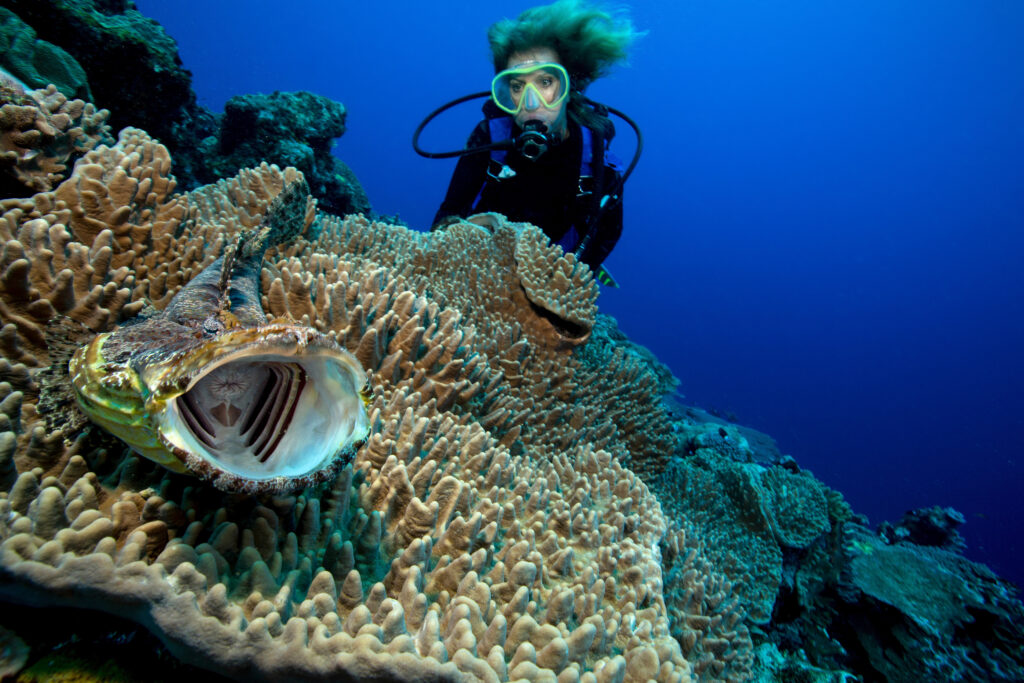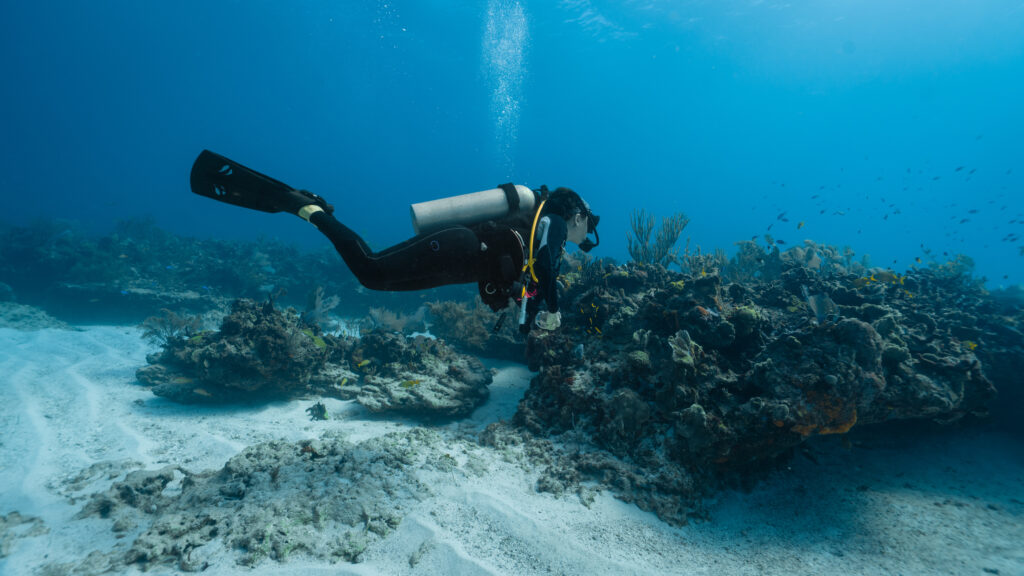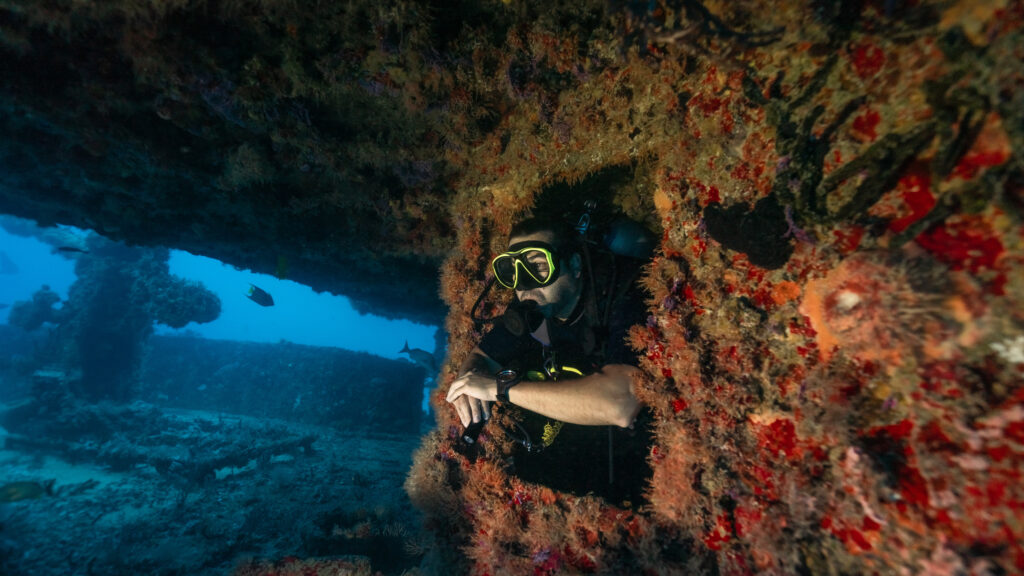What is carbon dioxide toxicity (CO2 toxicity) from scuba diving?

Carbon dioxide toxicity (CO2 toxicity ) occurs when excessive levels of CO2 accumulate in the bloodstream, leading to adverse physiological effects that range from mild discomfort to life-threatening emergencies. This entry explores the causes, symptoms, and preventive measures associated with CO2 toxicity in scuba diving.
What is Bottom Time when Scuba Diving?

Bottom time is an essential concept in scuba diving refers to the time a diver spends submerged underwater, beginning from the descent below the surface until the start of their ascent.
What is it to “Call a Dive” When Scuba Diving?

In scuba diving, the term “call a dive” refers to the decision to end a dive and return to the surface. This decision is a critical aspect of dive safety and can be made by the diver, their buddy, or the dive leader. The rationale for calling a dive can vary from diver safety concerns to environmental changes, but it always centers on ensuring the well-being of all involved. By understanding when and why to call a dive, divers can prevent potentially dangerous situations and avoid unnecessary risks.
What is a Automatic Diluent Valve (ADV)?

The Automatic Diluent Valve (ADV) is a critical component in the configuration of modern rebreather systems used in scuba diving. This device automatically adds diluent gas to the breathing loop to maintain the correct volume and optimal gas mixture, ensuring the diver’s buoyancy and safety at varying depths. The importance of the ADV in facilitating longer, safer dives cannot be overstated, making it an essential study for divers and technicians alike.
What is Arterial Gas Embolism (AGE)?

Arterial Gas Embolism (AGE) is a potentially fatal complication that can occur during scuba diving, characterized by gas bubbles entering the arterial circulation. When these gas bubbles block blood vessels, particularly in the brain or heart, it can lead to immediate symptoms and rapid clinical deterioration.
What are Hand Signals when Scuba Diving?

Hand signals are an essential means of communication for scuba divers, facilitating the sharing of crucial information underwater. As verbal communication is virtually impossible while diving, hand signals allow divers to alert their buddies to potential dangers, convey their physical and emotional state, and indicate changes in direction or depth. This entry will provide an overview of the various hand signals used in scuba diving, as well as their meanings and importance in ensuring a safe and enjoyable diving experience.
What is a Lost Buddy Drill?

The lost buddy drill is a critical safety procedure in scuba diving designed to locate a missing dive partner and ensure the safety of both divers. When a buddy pair becomes separated underwater, it is vital to act quickly and effectively to minimize risk. This drill outlines a series of steps to be taken in such an event, focusing on maintaining calm, executing a systematic search, and communicating effectively. The lost buddy drill is an essential part of scuba training and is emphasized for all levels of divers, from beginners to advanced technical divers, due to its potential to prevent accidents and save lives.
What is a Monofin?

A monofin is a single, large fin used by swimmers to enhance their propulsion through water. Unlike traditional fins, which are worn on each foot separately, a monofin is designed to bind both feet together, creating a single, unified extension of the body. This design allows for more efficient and powerful movements, mimicking the motion of marine animals like dolphins and whales. Monofins are commonly used in sports such as fin swimming and free diving, where speed and streamlined movement are crucial. They are also popular in recreational swimming, particularly in mermaiding, where swimmers wear mermaid tails equipped with monofins.
What is a Forward Roll Entry?

The forward roll entry, a staple technique for scuba divers, is a safe and efficient way of entering the water from a boat or a pier. As a key skill for divers of all levels, it is essential to master this technique for both safety and comfort. This entry will discuss the benefits of using the forward roll entry, the steps to execute it correctly, and potential hazards and tips to avoid them.
What is the Maximum Operating Depth?

Maximum Operating Depth (MOD) is a critical concept in the field of scuba diving. It refers to the deepest depth at which a particular gas mixture can be used safely without the diver experiencing oxygen toxicity. Understanding and adhering to the MOD is essential for ensuring diver safety and preventing potentially life-threatening conditions. MOD varies depending on the gas mixture being used and is influenced by the partial pressure of oxygen within the breathing gas. By comprehending the significance of MOD, divers can plan their underwater excursions more effectively and reduce the risks associated with diving to greater depths.
